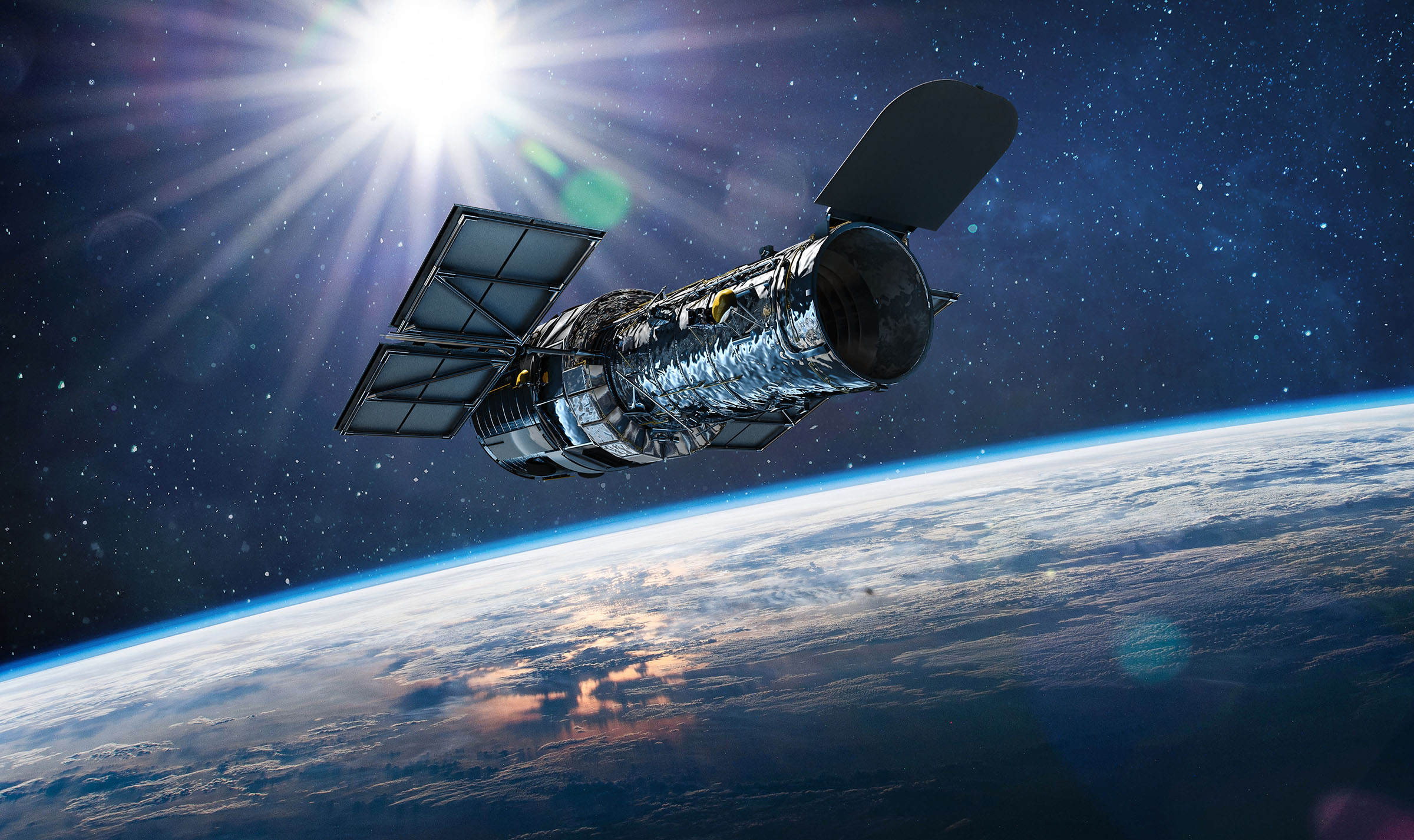NASA’s Hubble Space Telescope has captured yet another beautiful sight. While observing a series of interacting galaxies known as Galaxy AM 1045-325, Hubble spotted what looked like a celestial “string of pearls.” The unique appearance of the galaxy was caused by magnetic interactions between it and a neighboring galaxy, NASA says.
Before these galaxies merged, NASA says that they were rich in dusty clouds of molecular hydrogen that may have remained inert. But, when the merger jostled the clouds, the hydrogen compressed, and it created a “firestorm of star birth.”
Spotting this beautiful galactic string of lights is not fully expected. It’s never really clear exactly how galactic mergers might change galaxies. Based on the design, astronomers believe that the tails we see could be the spiral arms of the galaxy, bending and stretching into space due to the gravitational tug-of-war between the interacting galaxies.

The fate of the far-flung star clusters in the string of pearls galaxy is unclear at the moment. They could very well be pulled back into the heart of the galaxy, creating what we call a globular star cluster. Or they could completely disperse and become a halo of stars around the host galaxy.
Finally, the third option is that the far-flung stars in this otherworldy string of pearls could just be flung out into the universe, cast off to become wandering stars themselves. No matter how things play out, Hubble has given us a beautiful image of the current state of the galaxy.
With information like this, astronomers can learn more about galactic evolution and the way that stars and galaxies interact with each other when they collide. Considering this is the same fate of the Milky Way, understanding how it might affect the galaxies involved will prepare our scientists with as full of an understanding of the process as possible.







